If there’s one thing I’ve learned from years of playing around with hydroponics, it’s this: nutrient balance makes or breaks your harvest. I’m not exaggerating. You may have the most fancy lights, the newest hydroponics growing system, and the best type of seed, but when the nutrients are out of balance, your plants will struggle.
Leaves yellow too soon. Growth slows down. Fruits and flowers do not grow well. All these issues usually boil down to the culprit: a deficiency in your nutrient solution. That is why I am penning down this detailed guide on balancing nutrients in hydroponics.
I’ll shed light on the key nutrients your plants require, how to keep track and keep them balanced in your hydroponic system. To make this easier, I’ll walk you through the steps - so that you know how to mix and maintain the correct proportions.
We’ll also be touching down on how plant types and mixes can influence aspects such as pH balance in hydroponics, and how to prevent common problems before they turn into catastrophes.
So, stay with me right to the end.
Why Nutrient Balance Matters in Hydroponics?
Think of nutrients as the fuel for your plants. In traditional soil gardening, soil acts as a buffer. When a plant excessively feeds on one nutrient, the soil occasionally makes it up or hoards the excess minerals to be used later. In hydroponics though, this is a soil safety net. The roots of your plants are in water, and that is all they get - and I mean all they get!
So, the rule for plants is just the same as humans…be on a healthy diet. Or to be precise, be on a balanced nutrition diet. A question might be troubling you.. How to know if your plants are on a balanced diet? Well, it’s quite simple. They are more resistant to diseases, grow faster and yield larger. However, when the balance is misplaced, the problems can be noticed almost immediately.
Let me share some visual hints as well:
When the plant feeds on too much nitrogen: the leaves turn luxurious green but the fruiting and flowering won’t look good.
In case of too much potassium: Your plants may be hanging or they may have burnt edges.
When there’s lack of Iron: You’ll see the leaves turn pale yellow.
So long story short, nutrient balance is the blood pump of your hydroponics growing system. Neglect it and you will be frustrated. Learn it, and you will open the gates to yields that soil gardeners can only imagine.
Breaking Down the Main Nutrients

Now, let’s go knee-deep into the role of nutrients.
Each plant cultivated in a hydroponic growing system requires a combination of both macro (N, P, K, Ca, Mg, S) and micronutrients (Fe, Mn, Zn, Cu, B, Mo, Cl). No need to get scared of these “chemistry-giving-vibes” letters, I’ll explain in a language that is easy to understand.
Nitrogen (N): The Leaf Builder
The nutrient responsible for giving a plant leafy growth is nitrogen. However, don’t go overboard - or your tomatoes or peppers will produce nothing but leaves.
Ideal quantity: 150 - 200 ppm. (Great for leafy greens. Fruiting plants may use the lower end once flowering begins.)
Phosphorus (P): The Root and Bloom Booster
Phosphorus assists roots to grow strong and deep. It also favors flowers and fruits. In its absence, your plants might end up stunted or with a poor yield.
Ideal quantity: 40 - 60 ppm.
Potassium (K): The All-Rounder
I would refer to potassium as the multitasker. It reinforces plant tissues, regulates water, and assists plants to combat stress. Vegetables, particularly tomatoes, cucumbers and peppers can require a lot of K.
Ideal quantity: 200 - 300 ppm.
Calcium (Ca): The Structure Guy
Calcium is not only about healthy bones to us humans, it is also essential to plants. It helps build cell walls. Lack of calcium will result in blossom end rot in tomatoes or peppers.
Ideal quantity: 150 - 200 ppm. (Critical for preventing blossom end rot and supporting structure.)
Magnesium (Mg): The Chlorophyll Maker
Magnesium sits at the center of chlorophyll molecules. In its absence, photosynthesis is slowed down and leaves begin to turn yellow.
Ideal quantity: 40 - 70 ppm.
Sulfur (S): The Protein Assistant
Sulfur aids in creating amino acids, proteins and enzymes. Most of the gardeners neglect it and end up with pale yellow growth.
Ideal quantity: 60 - 100 ppm
Key Micronutrients
Iron (Fe, 2-3 PPM): Holds great importance for chlorophyll production. Lack of it will result in yellow leaves.
Manganese (Mn, 0.5 - 1 PPM): Supports photosynthesis. Deficiency will give the plant brown spots.
Zinc (Zn, 0.05 - 1 PPM): Assists in hormone control. Deficiency will result in smaller leaves.
Copper (Cu, 0.05 - 1 PPM): Stimulates reproduction.
Boron (B, 0.3 - 0.6 PPM): Crucial for cell walls and pollen.
Molybdenum (Mo, 0.05 PPM): Aids in the metabolism of nitrogen.
Although plants do not require lots of micros, absence of them can totally destroy your crop.
P.S: “Don’t worry if you don’t nail the exact ppm on day one - plants aren’t math police. What matters is staying within these ranges and watching how your crops respond.”
How to Monitor Nutrients With pH And EC Meters

After you have your nutrient solution blended, you cannot walk away. You have to measure and keep a check. Here is where pH and EC meters are involved.
Why pH Matters
The pH level determines how well plants absorb nutrients. The pH value is what determines the absorption of nutrients by plants. Even if you have the perfect mix, your plants cannot utilize it in case the pH is not right.
Ideal pH range for hydroponics: 5.5 to 6.5.
Too acidic (<5.5)? Minerals are washed away such as calcium and magnesium.
Too alkaline (>6.5)? Iron and phosphorus become unavailable.
This is why I always check pH balance in hydroponics, and this is one of the first things I do in the morning in my grow room.
What EC Tells You
The EC (Electrical Conductivity) is used to determine the concentration level of your nutrient solution. In plain terms: it informs you of the degree of strength of your plant soup.
Low EC = weak solution = nutrient deficiencies.
High EC = strong solution = nutrient burn.
In the case of leafy greens, I tend to maintain EC at a range of 1.2 to 2.0 mS/cm. In case of fruiting plants such as tomatoes or cucumber, 2.0 to 3.5 mS/cm is better.
The sweet spot also depends on what you are growing, which is why frequent monitoring is not negotiable.
Practical Steps For Mixing And Maintaining Nutrients

Okay, but how do you manage to balance things in a hydroponics growing system? Here’s my go-to process.
Step 1: Start with Clean Water
Always determine the starting point of your water. There are tap waters that have large amounts of calcium or chlorine, which will disrupt balance. If possible, use filtered or reverse osmosis water.
Step 2: Add Nutrients in the Right Order
I never simply add everything in one go while preparing a nutrient solution because incorrect mixing of certain nutrients may cause them to react and harden. So, if you want to steer clear of precipitation, make a habit of adding calcium nitrate separately, and not along phosphates or sulfates.
Step 3: Adjust pH Last
After everything is mixed nicely, check the pH and make any necessary adjustments using either pH down (phosphoric acid) or pH up (typically potassium hydroxide).
Step 4: Stir Well and Aerate
Uneven distribution is a big no-no. The rule of thumb is to stir well and use air stones to keep the water aerated in systems such as DWC.
Step 5: Monitor Daily
The key to daily hydroponics is regularity. If you ask me, I have this habit of checking the pH and EC on a daily basis, and when the levels become too high, I top them off with plain water.
Fixing Common Nutrient Problems
No matter how good you are following everything to the tee, sometimes, you can run into a problem. If you do, pick up the visual hints and take the steps required.
If you begin to see pale yellow leaves, your plant could be suffering from Nitrogen deficiency. Simply, add more Nitrogen in the solution.
In the case of browning of leaves, know that it’s a potassium deficiency. Add more K.
Blossom end rot is a result of Calcium deficiency). Make sure to add calcium nitrate and ensure pH is in range.
New leaves are turning out to be pale yellowish? The plant is suffering from Iron deficiency. Add chelated iron.
If you encounter any of the above issues, be the action taker and adjust the nutrient solution ASAP.
How Different Plants Affect Nutrient Balance
Let me tell you about an unpleasant experience I had when growing lettuce and tomatoes in the “SAME” hydroponics growing system.
Notice how I emphasized “SAME”? Yeah, never do that if you are growing different plants.
See - the math is simple and it’s common sense. Tomatoes require high potassium for fruiting. On the other hand, lettuce needs excess nitrogen to carry out leafy growth.
What do you think might have happened when I grew both of the plants in the same hydroponic system? Neither plant thrived. Because I neglected the fact that both the plants need a different nutrient solution to meet their needs.
Tomato - a fruiting plant depletes potassium and phosphorus too quickly, while the leafy green lettuce gobbles up nitrogen.
So what lesson did we learn here? When growing a mixed garden, keep the nutrient solution requirements in mind for every plant. And try growing plants together only if they have similar needs.
Mixing Plants to Help pH Balance
In order to naturally stabilize pH, some gardeners, including myself - try mixing plants. For instance, fruiting plants that consume more potassium and phosphorus can be balanced out by leafy greens that consume a lot of nitrogen.
This can lessen sharp fluctuations in the pH balance in hydroponics, but it cannot take the place of routine monitoring.
Smart Tools That Make Life Easier

To be frank, it can be tiresome to keep everything in balance, manually. That is where intelligent tools come in.
A hydroponic garden kit is often an indoor garden with automatic pumps, inbuilt pH sensors and even smart notifications. A smart hydroponic planter is capable of automatically adjusting nutrient dosing, therefore, you do not necessarily have to hover over your plants on a daily basis. Combine that with an automatic watering system and a germination system, and you could save hours of having to monitor it down - to just a few minutes, by checking on your phone.
Thanks to such tools, the monitoring process has become much smoother.
Final Words
Balancing nutrients in a hydroponics growing system can initially be a daunting endeavor, but it all comes down to three things: knowing your plants' needs, using the appropriate tools, and regularly adjusting.
Follow these steps the right way and you will see faster growth, healthier plants and larger yields than you could ever dream was possible in an indoor setup. Believe me, when you learn how to balance the nutrients, your hydroponic garden will not only stay alive, it will blossom.
Explore More Articles:
10 Best Edible Flowers for Hydroponic Indoor Growing Systems
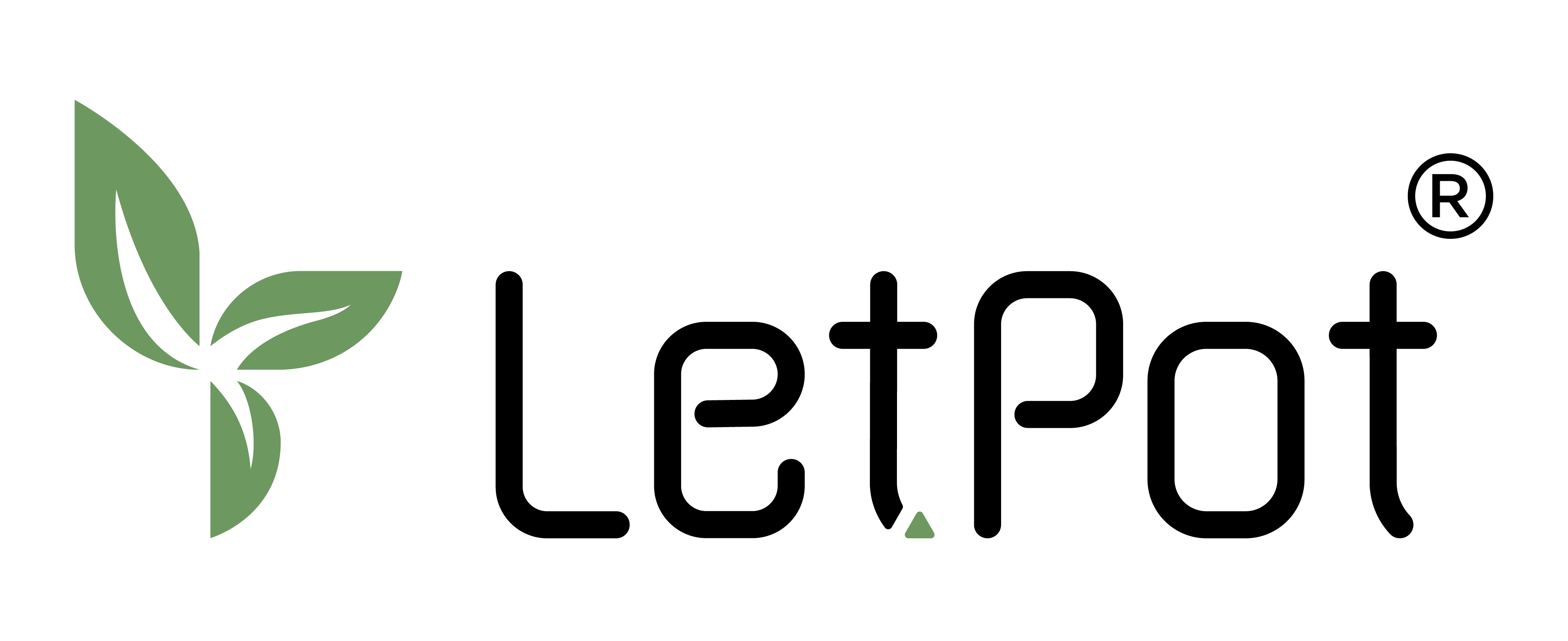
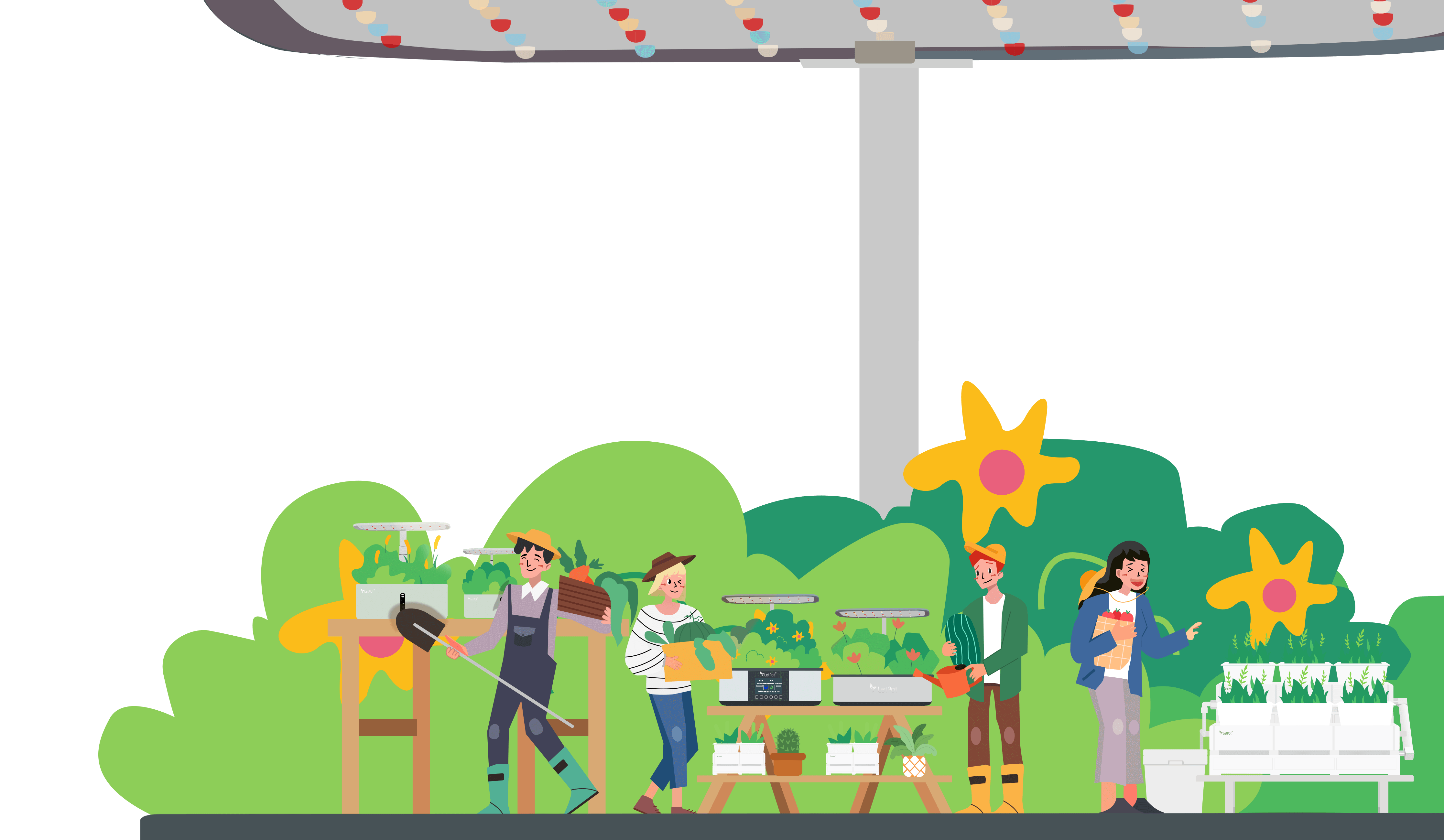
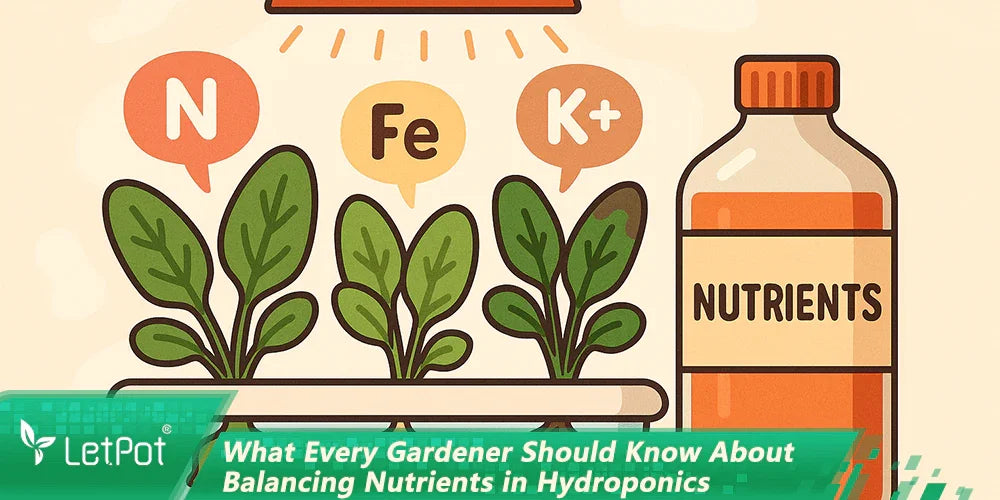

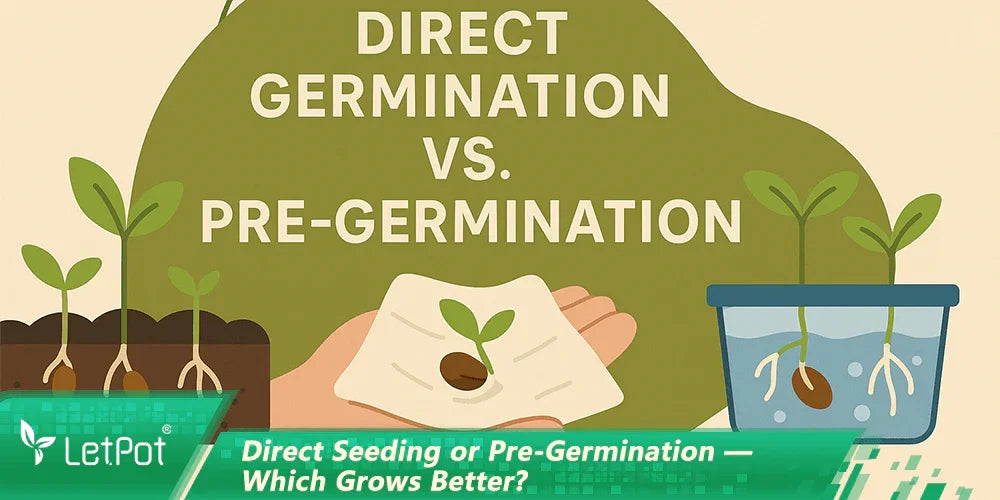
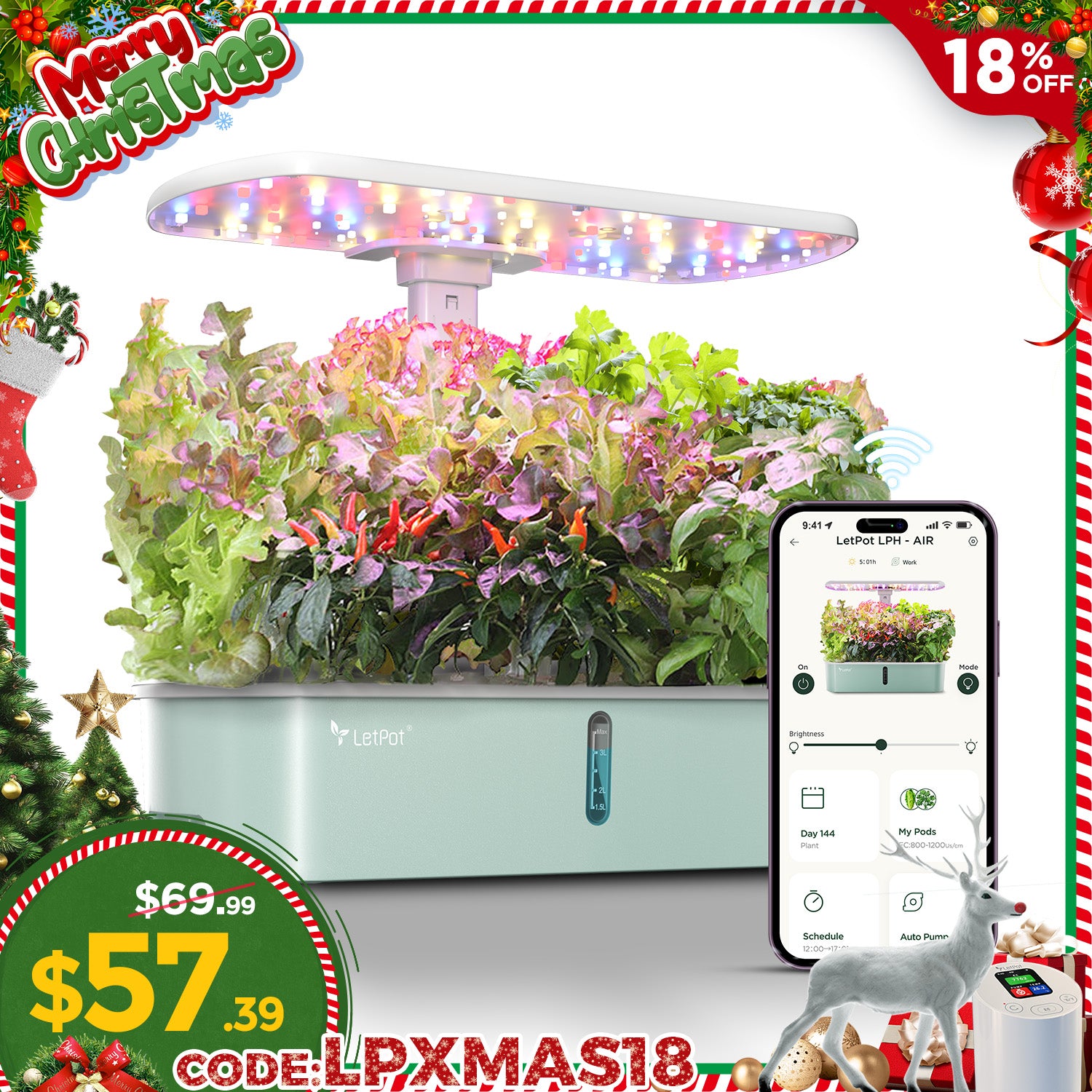
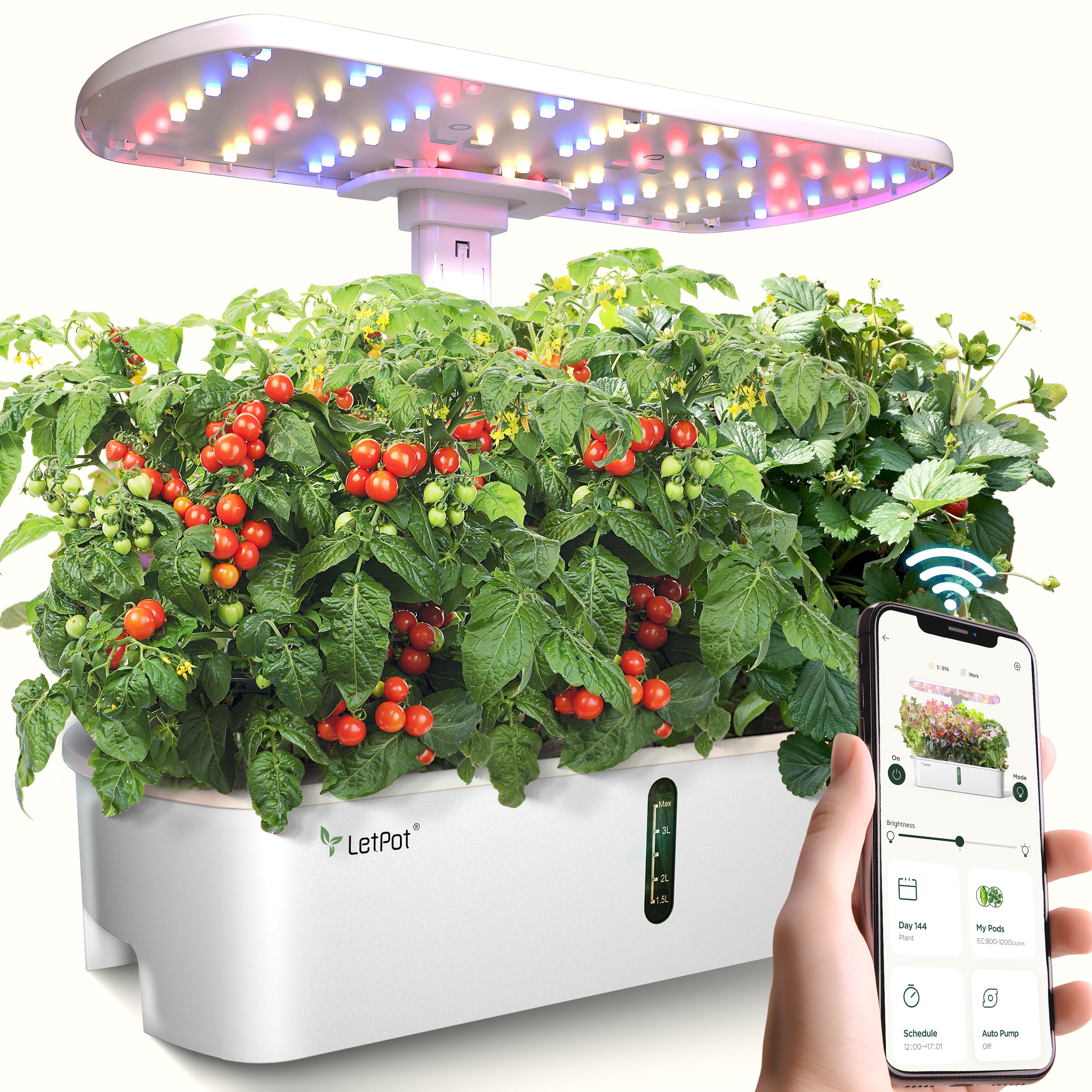
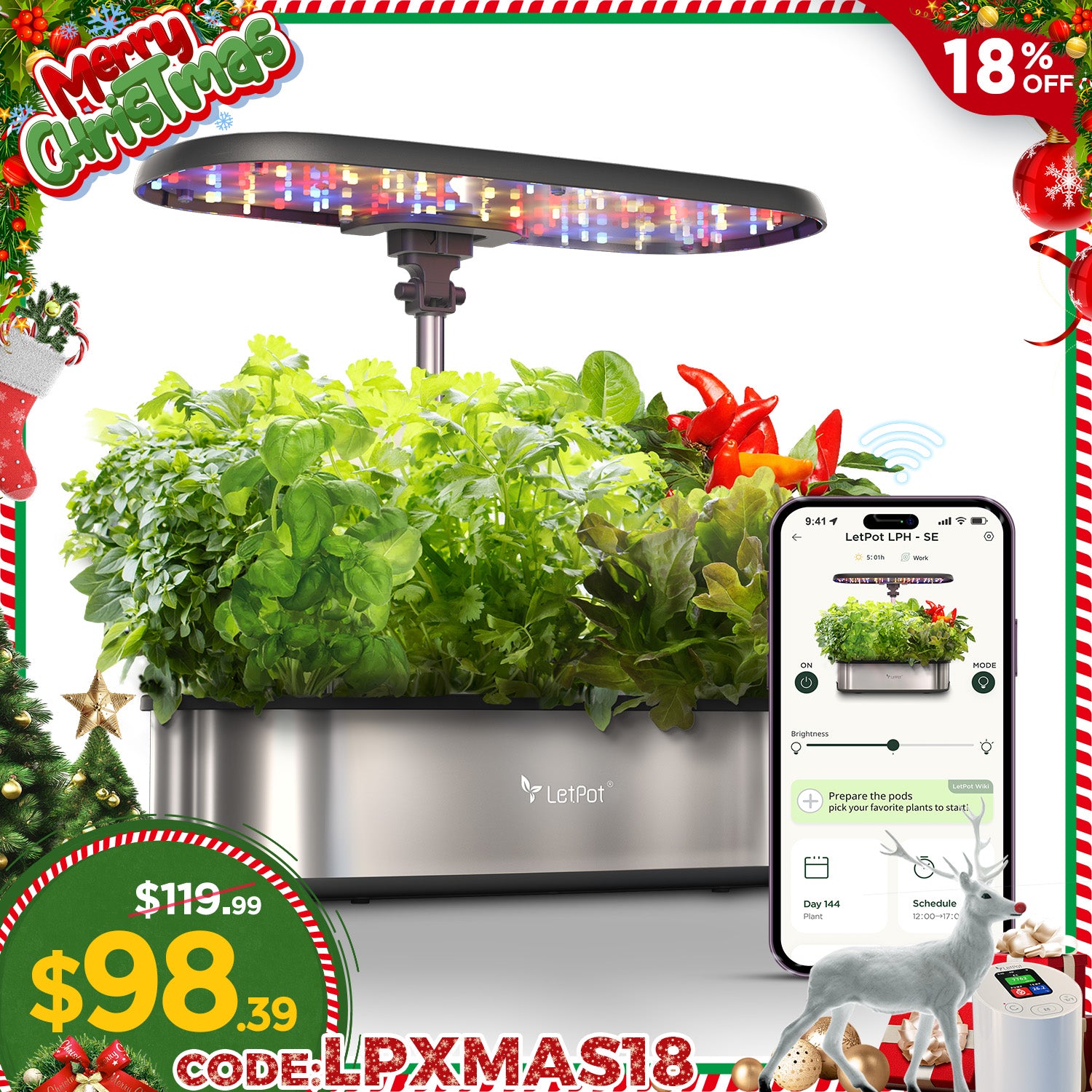
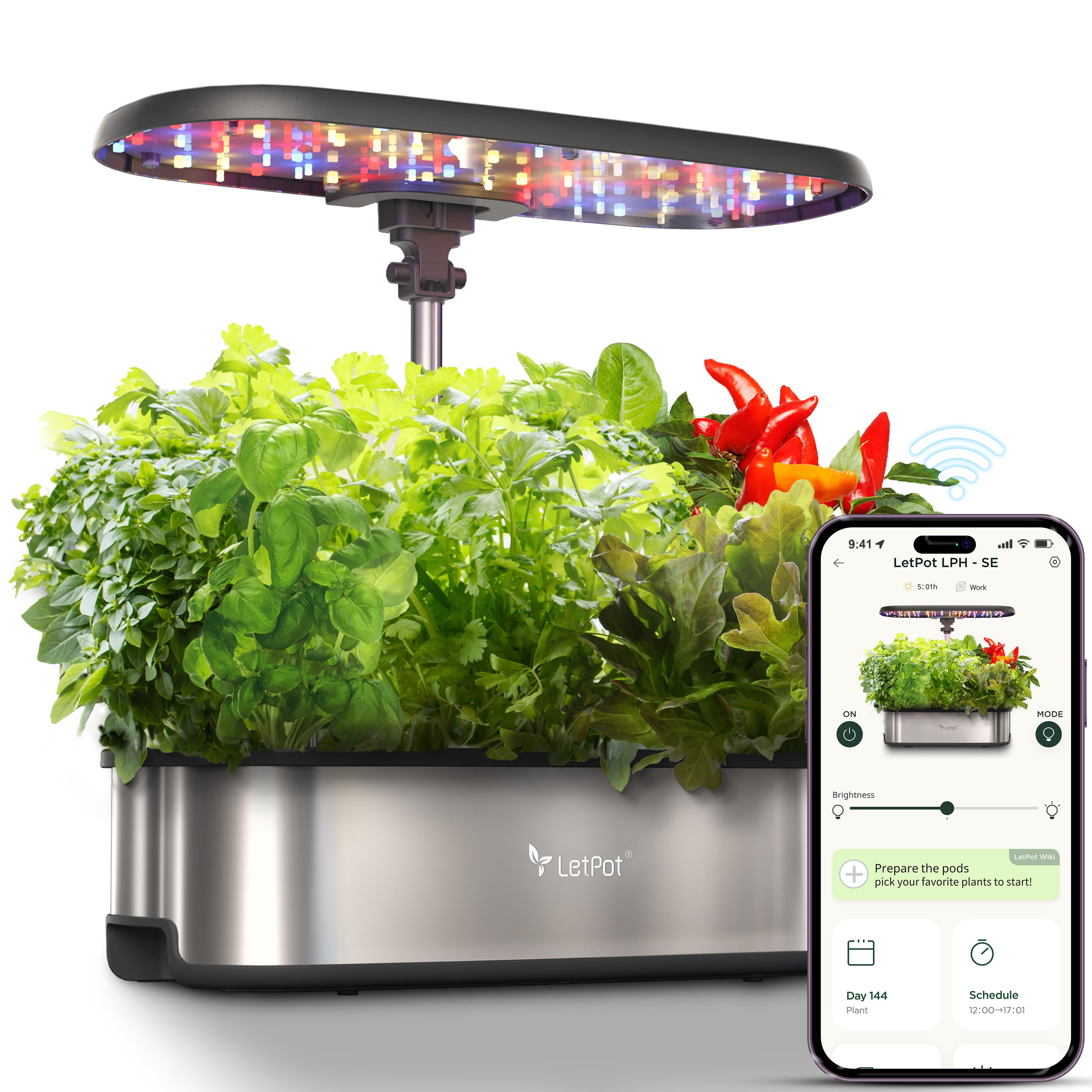
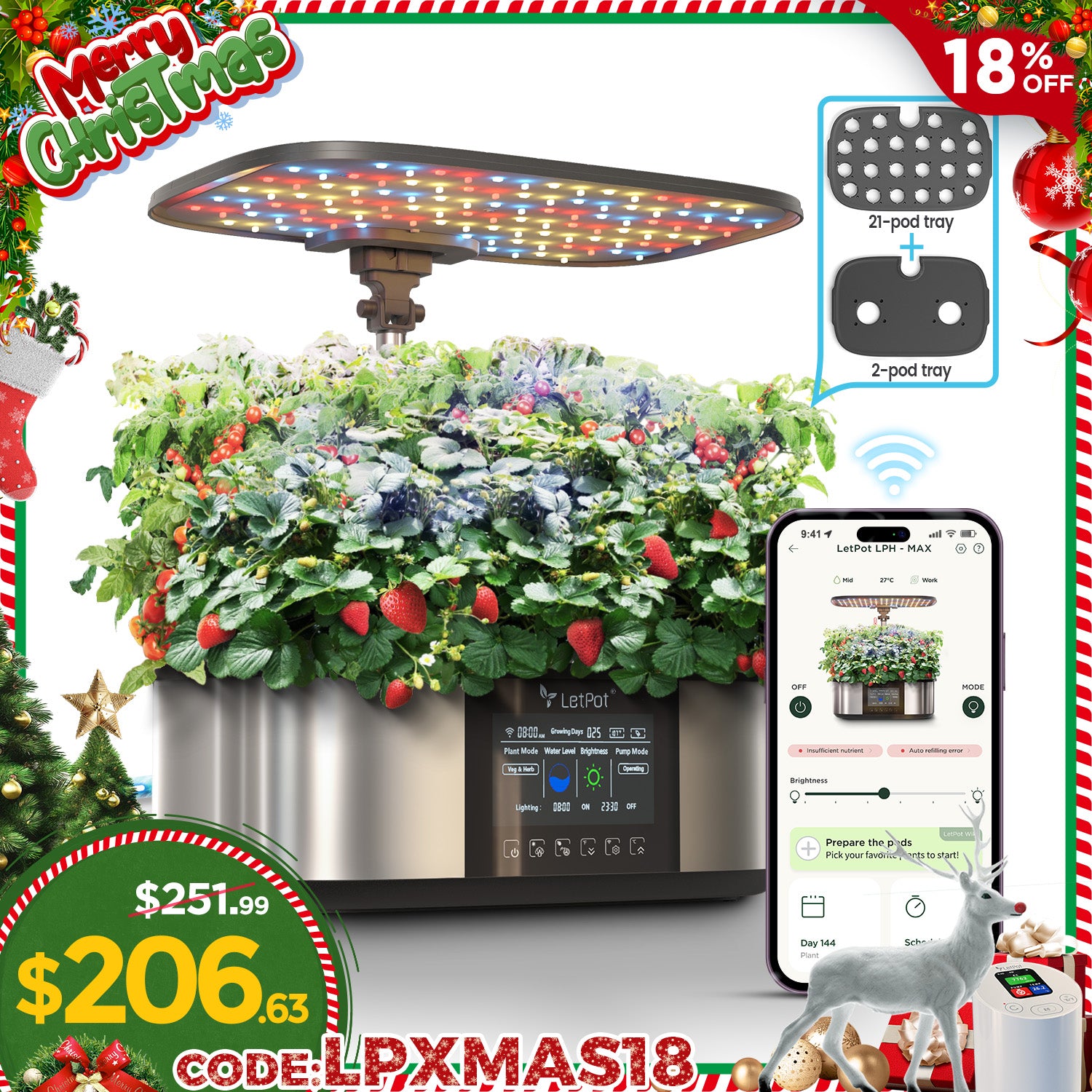
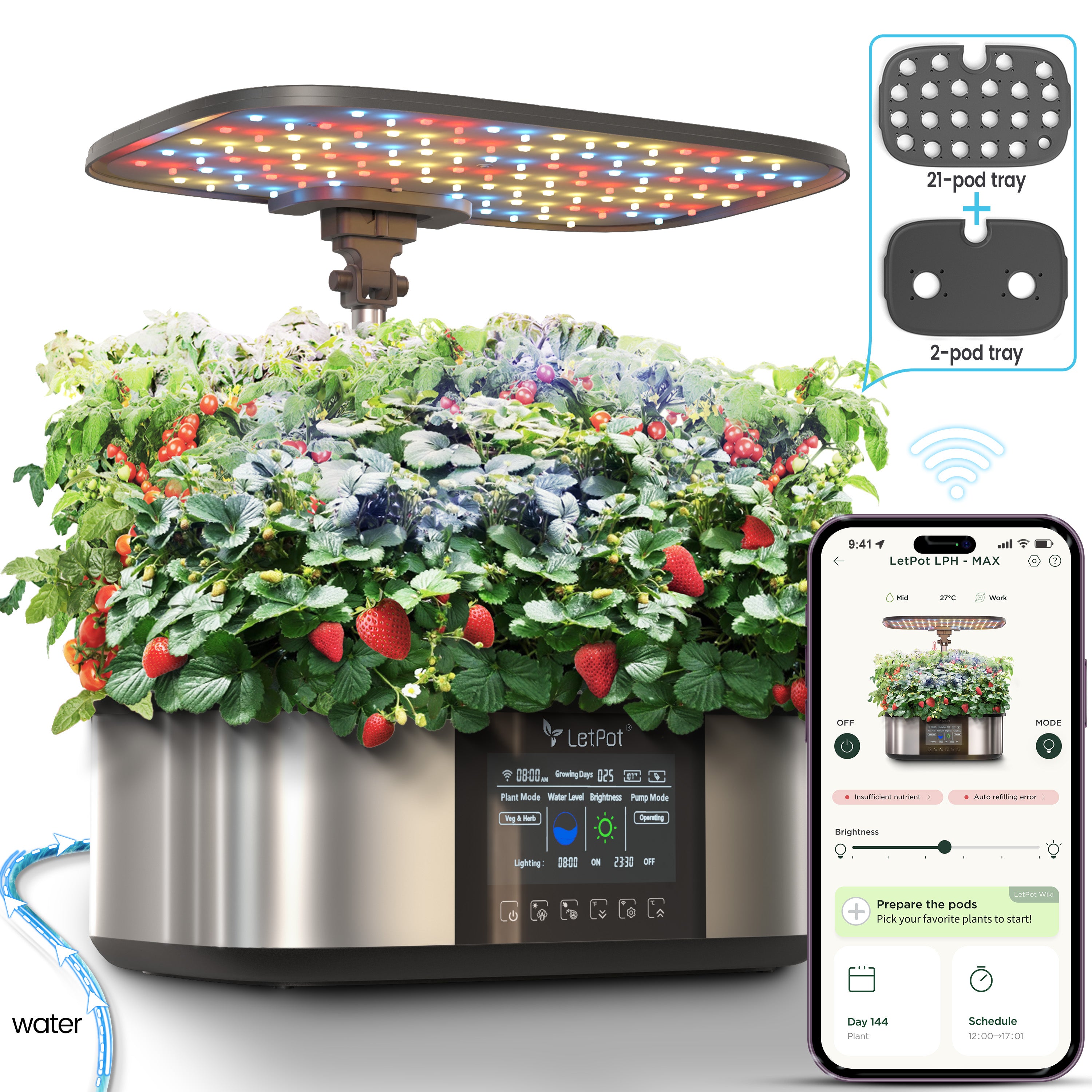
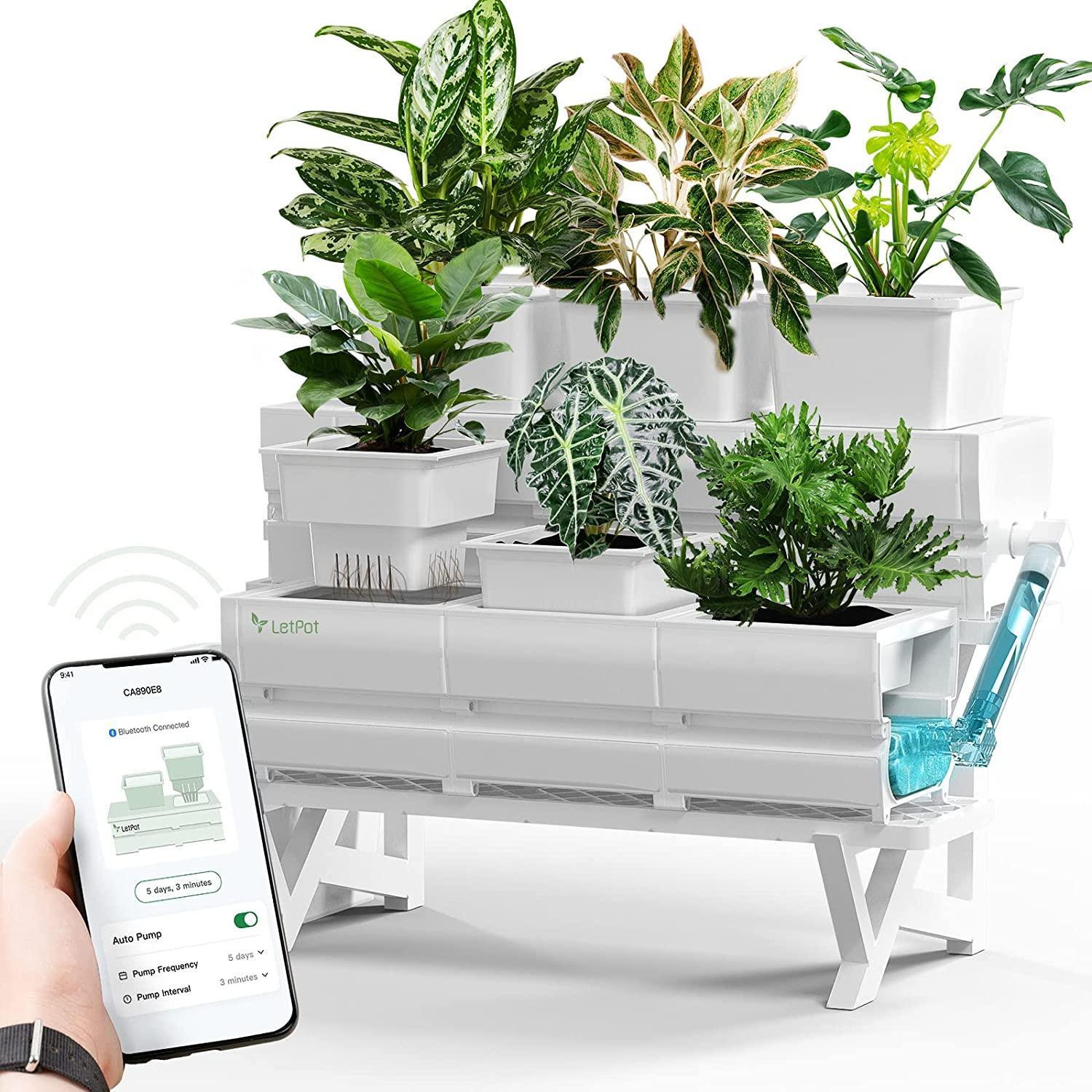
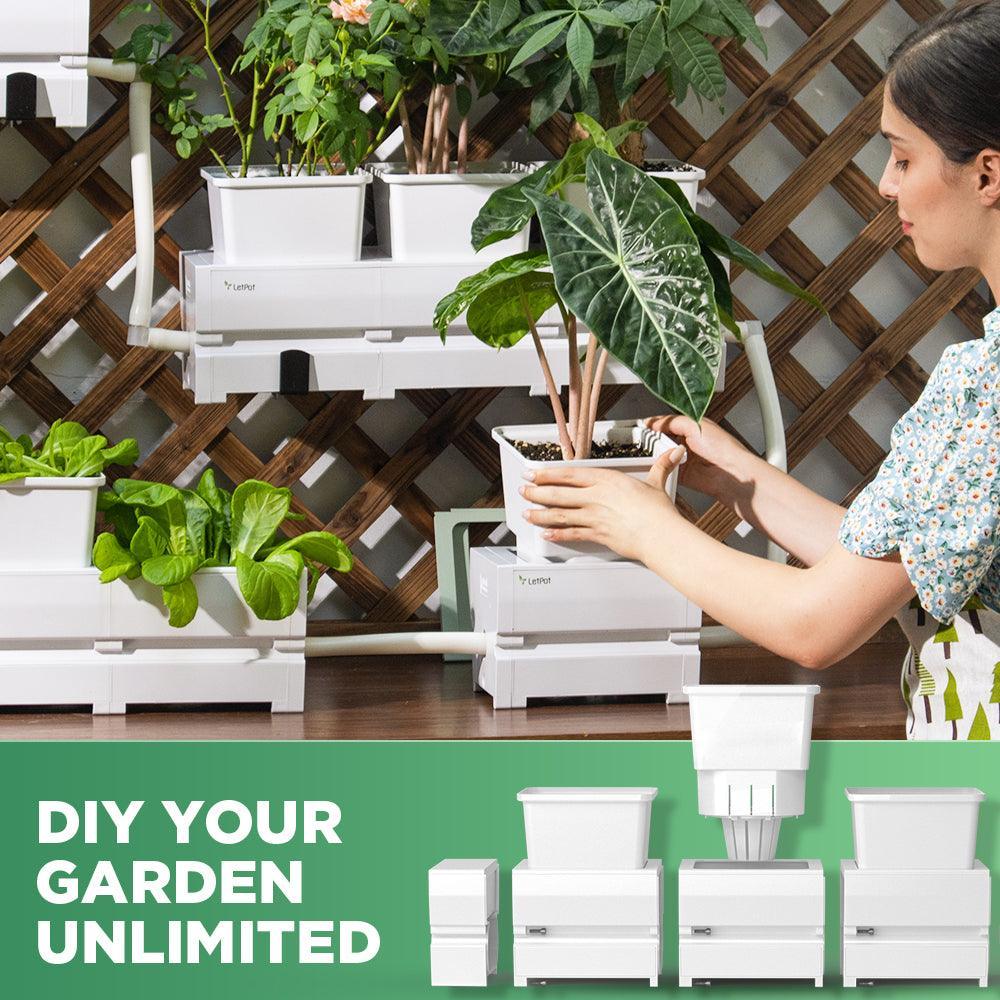

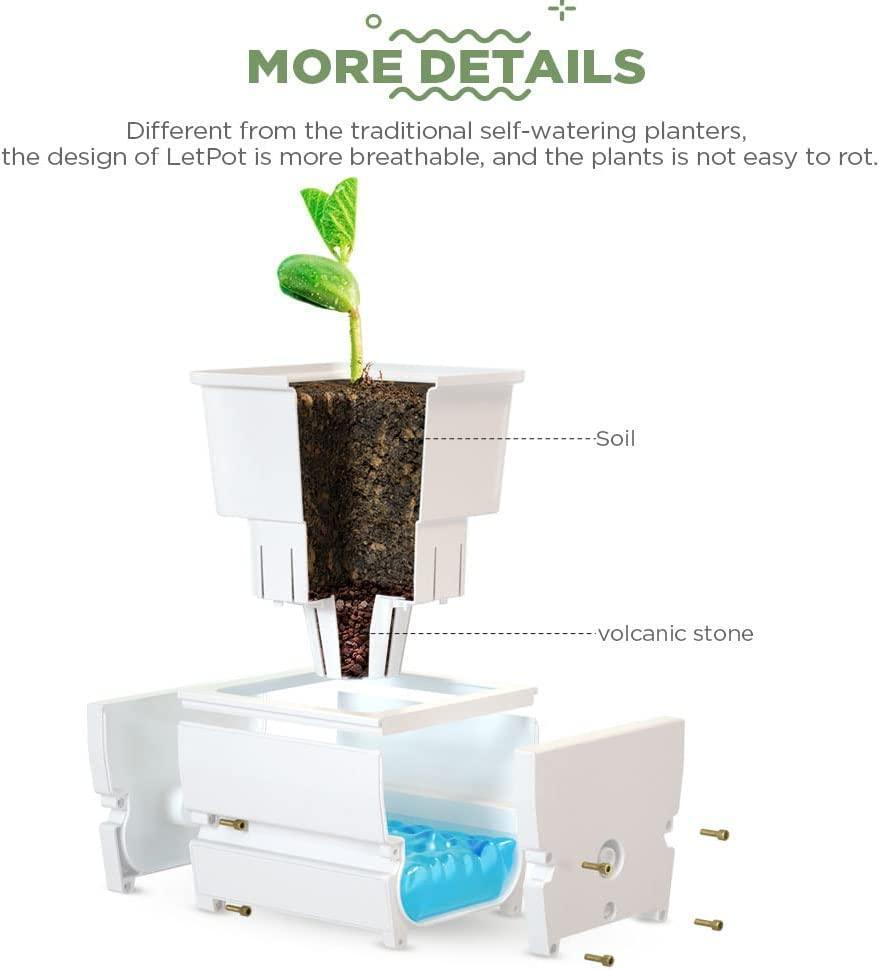
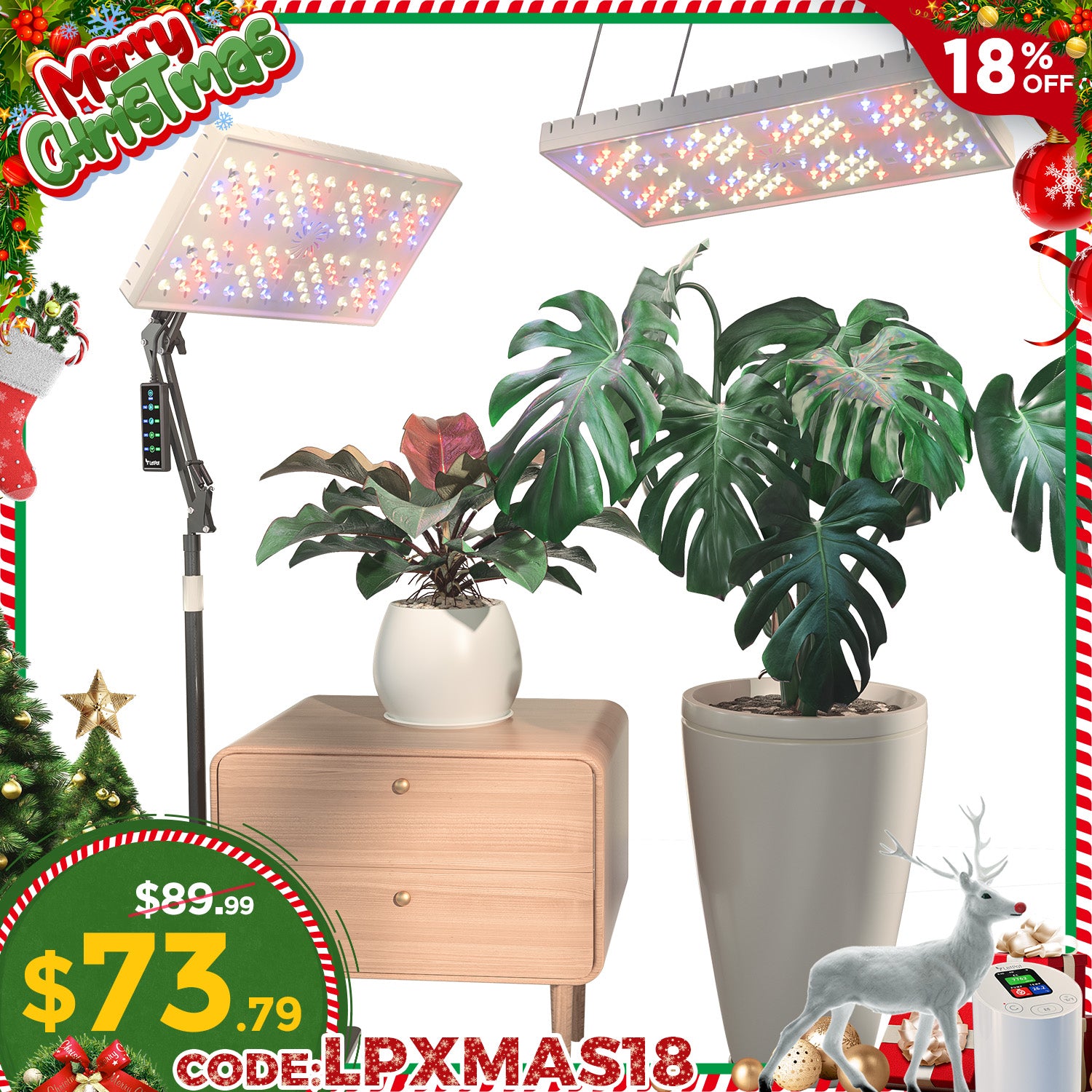
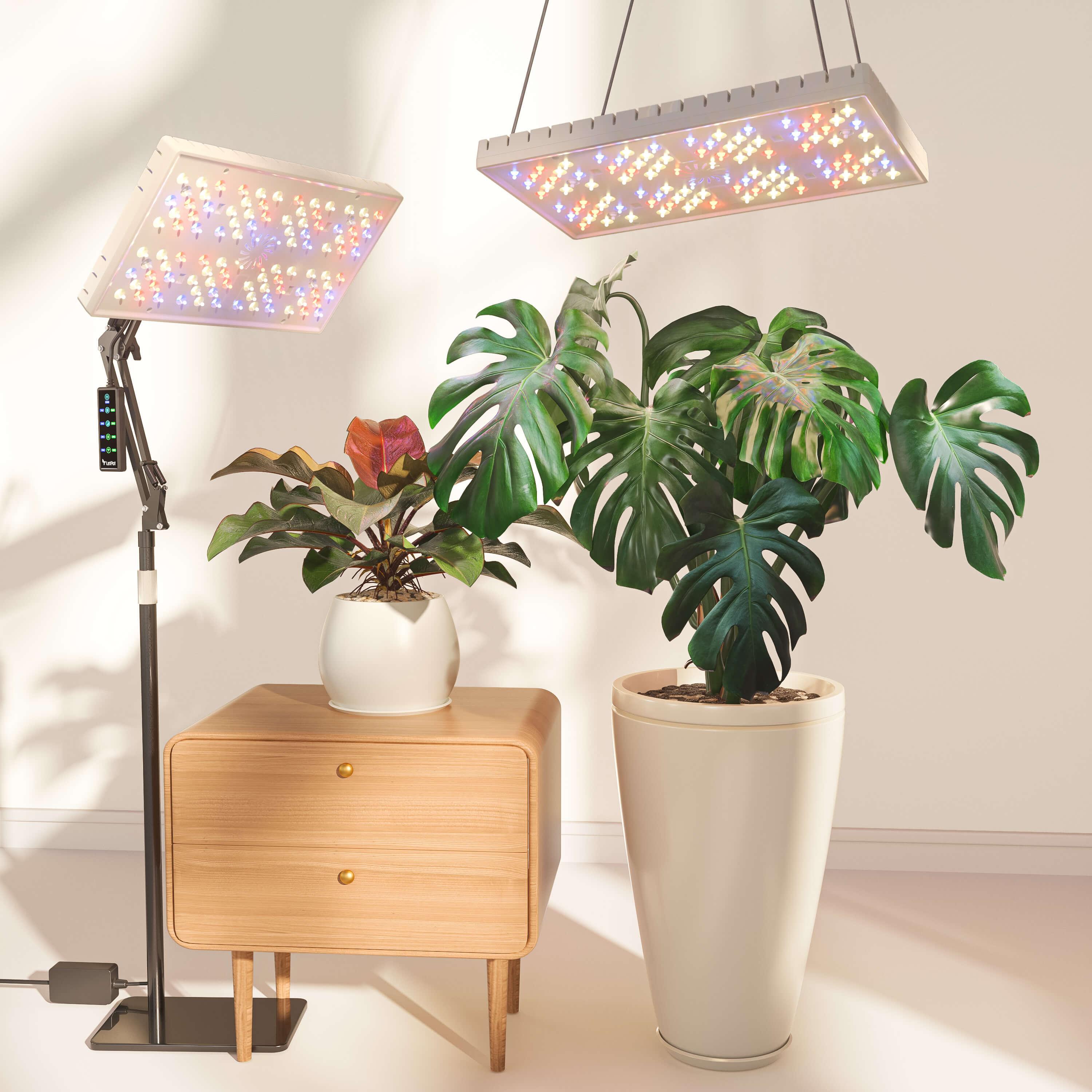
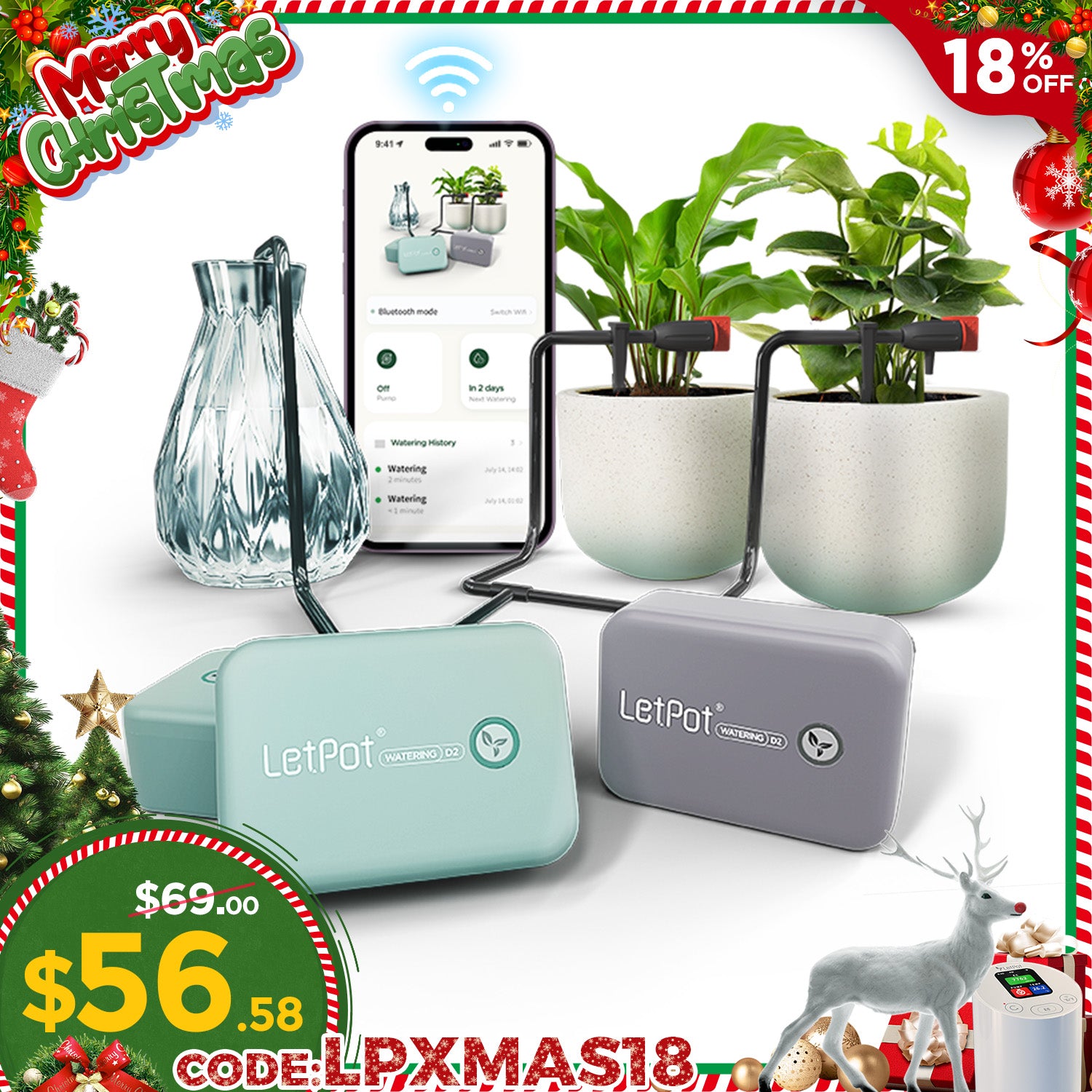
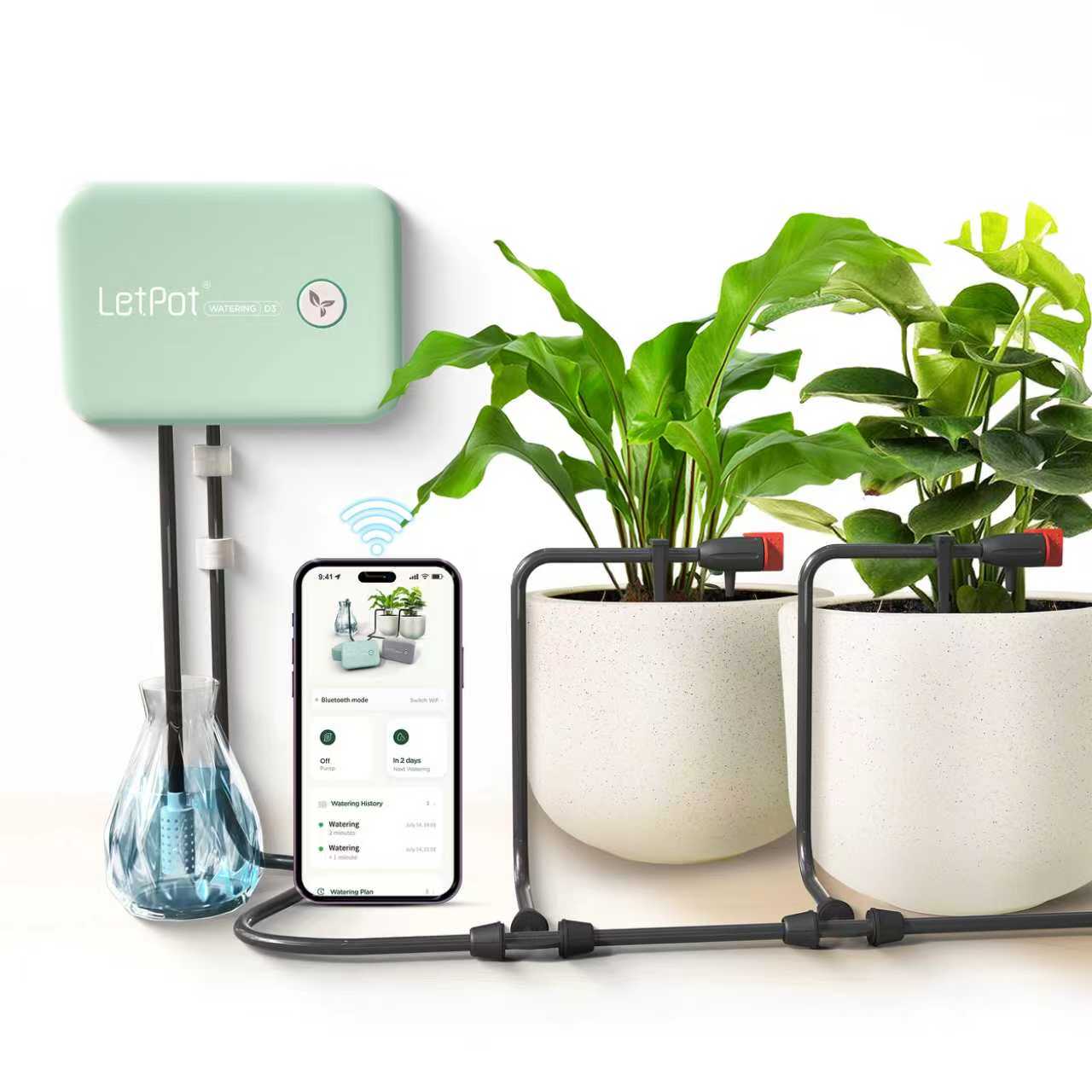

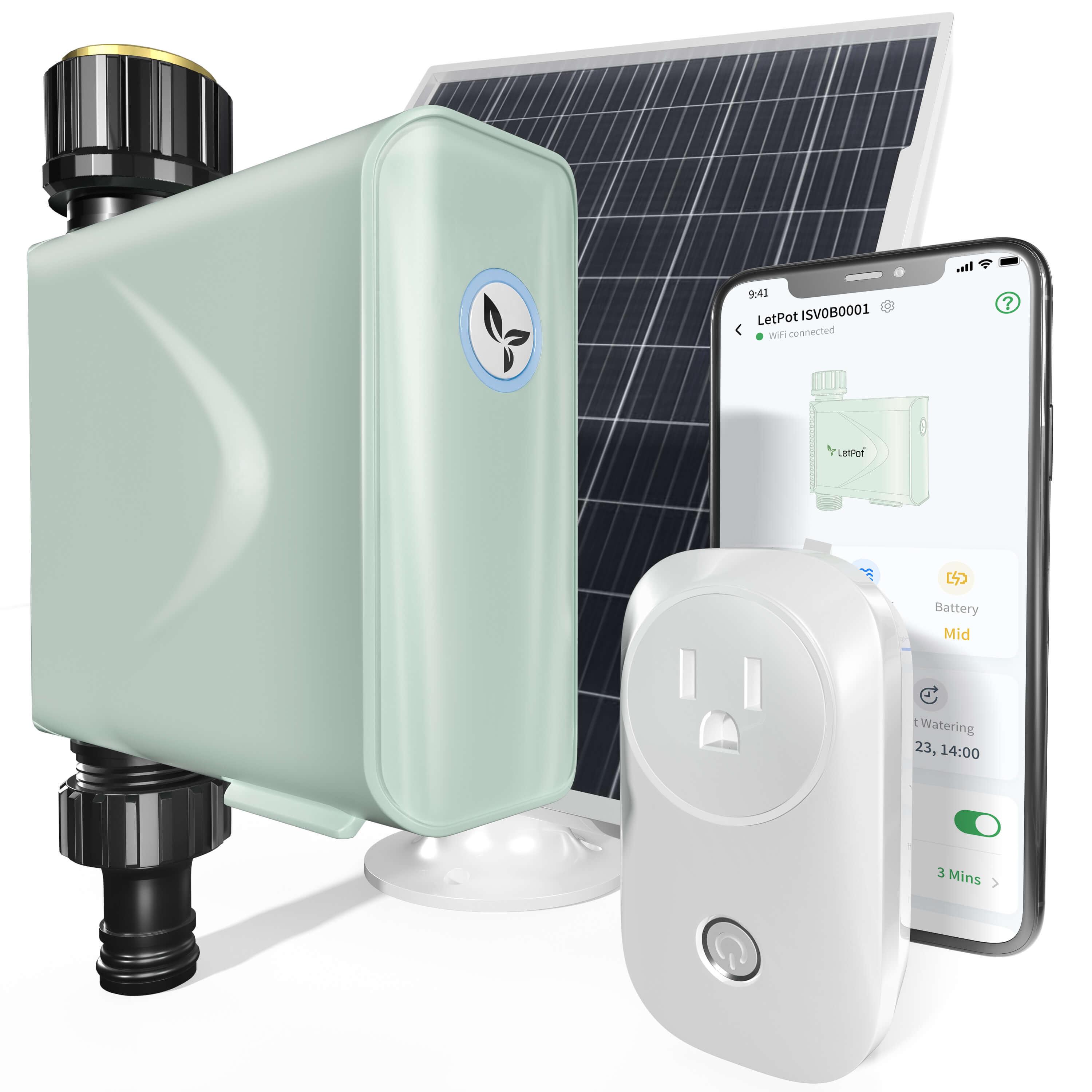

Leave a comment
All comments are moderated before being published.
This site is protected by hCaptcha and the hCaptcha Privacy Policy and Terms of Service apply.